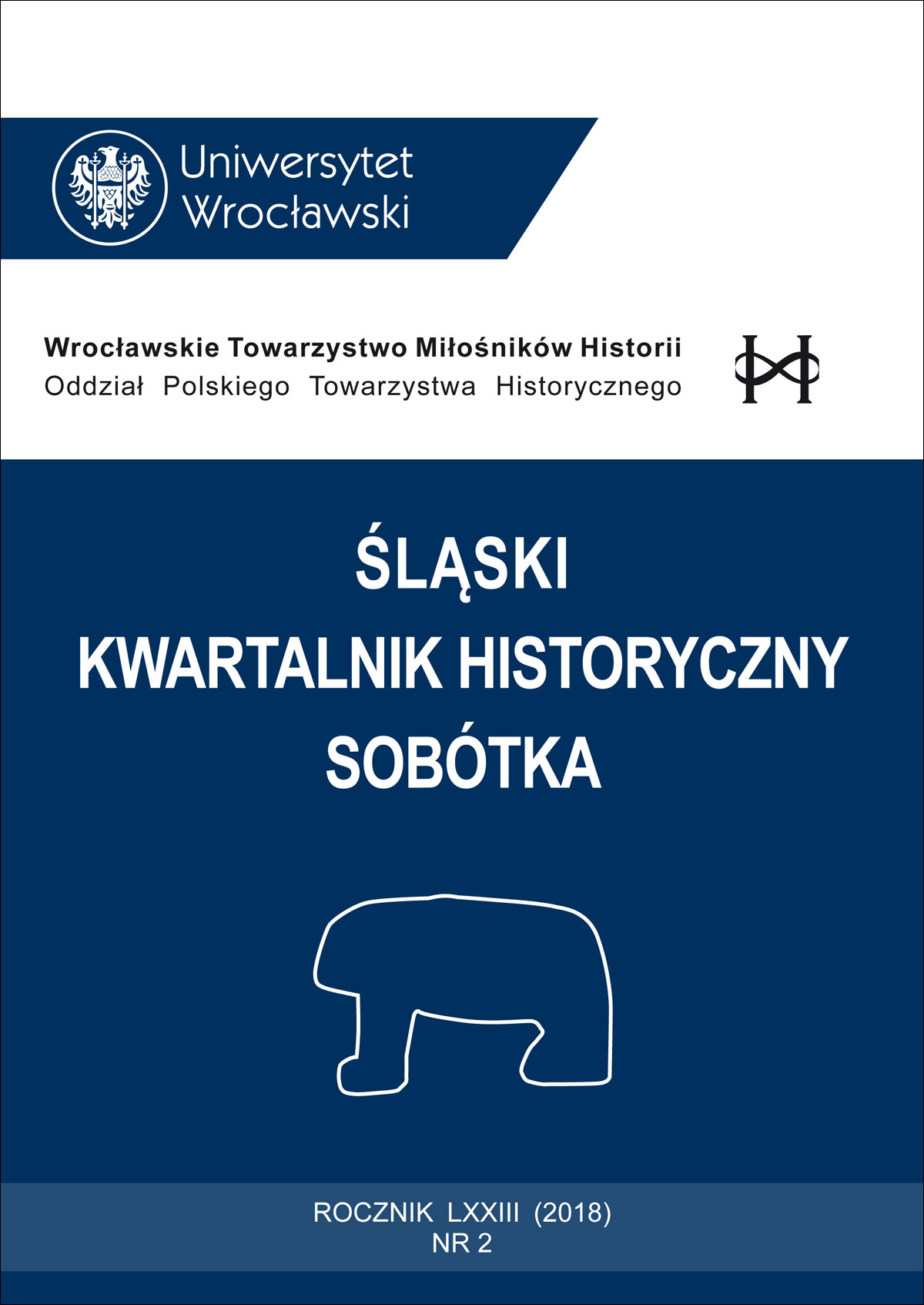Miastotwórcza rola kolei na przykładzie miejscowości Śląska, Wielkopolski i Lubuskiego: Jaworzyny Śląskiej, Krzyża Wielkopolskiego oraz Zbąszynka
The city-creating role of the railway on the example of cities of Silesia, Greater Poland and Lubuskie: Jaworzyna Śląska, Krzyż Wielkopolski and Zbąszynek
Author(s): Miron UrbaniakSubject(s): Comparative history, Economic history, Social history, 19th Century, Pre-WW I & WW I (1900 -1919), Interwar Period (1920 - 1939)
Published by: Wydawnictwo Uniwersytetu Wrocławskiego
Keywords: Jaworzyna Śląska; Krzyż Wielkopolski; Zbąszynek; railway; city
Summary/Abstract: The railway network, whose development began in the 1840s on the territory of what is today part of Poland, led to the founding of many new municipalities, good examples of which are Jaworzyna Śląska in Lower Silesia, Krzyż Wielkopolski in Greater Poland and Zbąszynek in Lubuskie. The first two were founded in the mid-19th century in connection with the construction of railway junctions, while Zbąszynek, developed in the 1920–30s, owes its existence to the German border and customs station. At first, the three villages did not constitute separate communes, but as they developed, they became independent villages, and in 1936 Krzyż Wielkopolski was even granted town rights. In the case of Jaworzyna Śląska, the railway led to the creation of not only a residential settlement, but also an important industrial centre, known primarily for the production of porcelain. In Krzyż Wielkopolski and Zbąszynek, one should note the planned character of the urban arrangement of both towns, which was a result of the fiscal character of the investment. The population of the two older towns initially had to deal with numerous existential problems, related to such areas as education or religious life. In Zbąszynek, the construction of churches and schools was guaranteed by the foundation act of 1924. This settlement also had a typically urban character, although its population in 1939 was under 2000, while in the other two towns it reached 4000–5000. By the outbreak of World War II, all three towns had modern infrastructure in the form of water supply, sewage and electricity, which were characteristic of urban settlements at that time.
Journal: Śląski Kwartalnik Historyczny Sobótka
- Issue Year: 73/2018
- Issue No: 2
- Page Range: 69-86
- Page Count: 18
- Language: Polish

